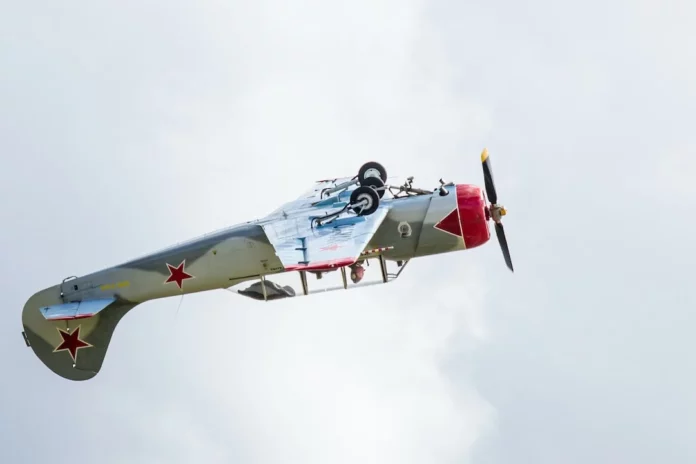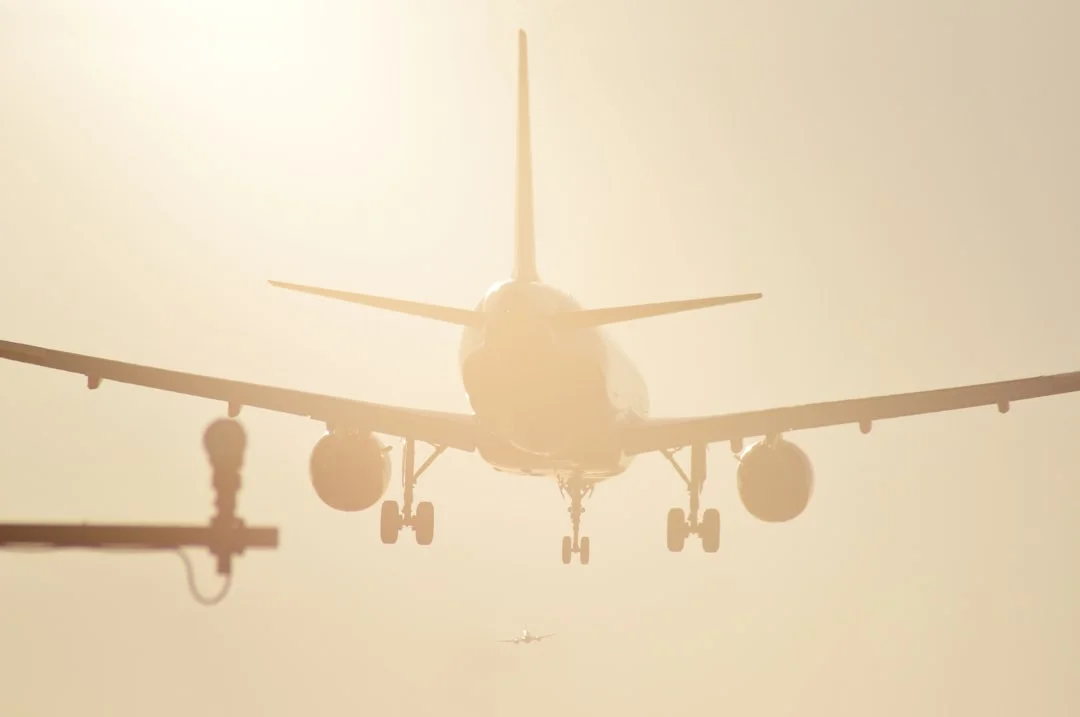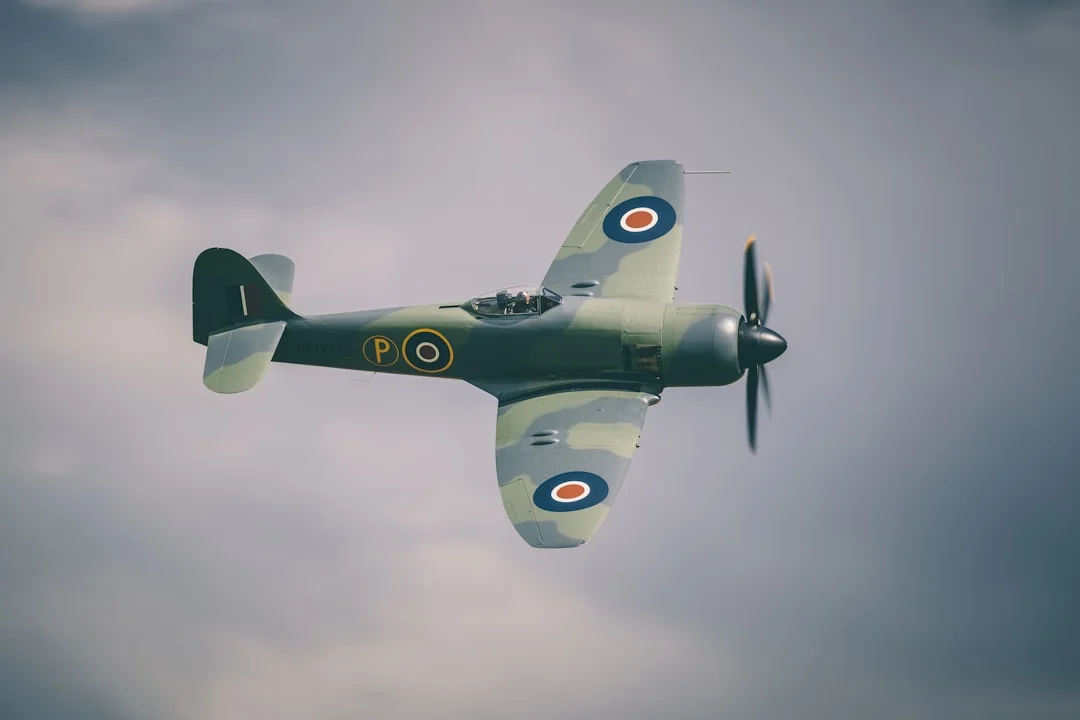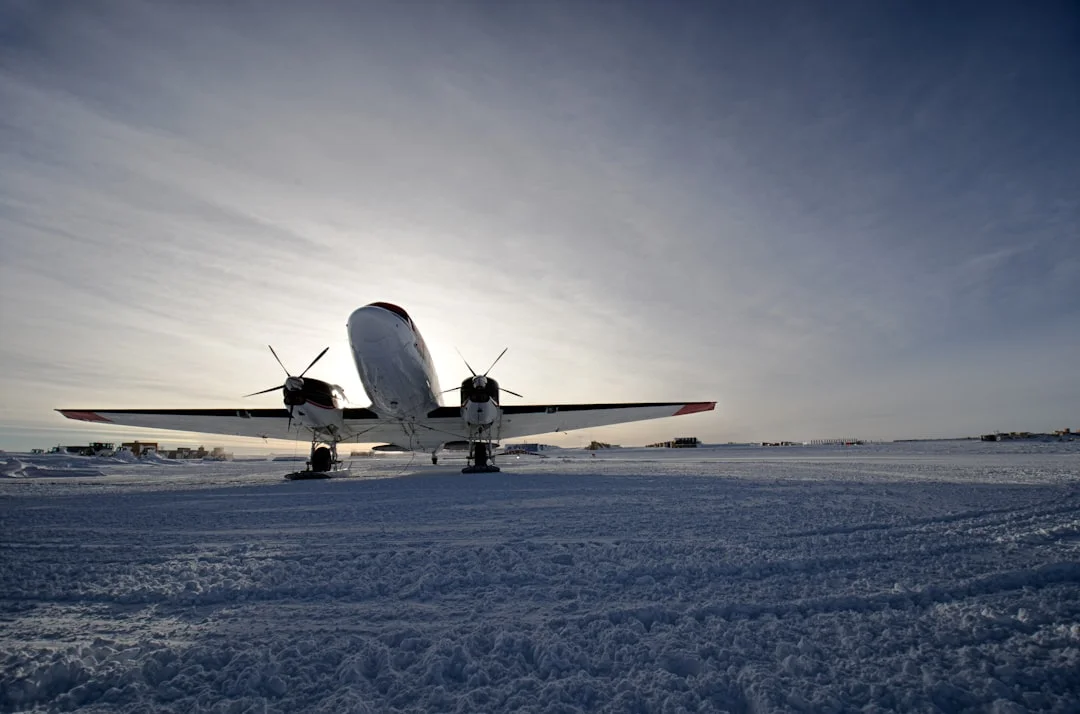Thrust, abbreviated as THR, is a critical component in the functioning of the Airbus A330 aircraft. It refers to the force that propels the aircraft forward, overcoming resistance and allowing it to move through the air. Thrust is generated by the engines of the aircraft and is one of the fundamental principles of flight. Understanding the concept of thrust is essential to grasp the mechanics of how an aircraft like the Airbus A330 operates.
Let’s delve deeper into the concept of thrust and its significance in the context of the Airbus A330.
How is Thrust Generated on the Airbus A330?
The engines of the Airbus A330 generate the necessary thrust for the aircraft to move forward. This thrust is produced through a complex process that involves the intake, compression, combustion, and exhaust of air. The A330 is typically equipped with two turbofan engines, such as the Rolls-Royce Trent 700 or Pratt & Whitney PW4000 series engines, which provide the necessary power for flight.
These engines work by sucking in large quantities of air through the intake. The air is then compressed, increasing its pressure and temperature. In the combustion chamber, fuel is injected and ignited, creating a controlled explosion that rapidly expands the compressed air. This expansion forces the exhaust gases to exit the engine at high velocity through the nozzle, creating a thrust effect that propels the aircraft forward.
The amount of thrust generated by the engines depends on various factors, such as the engine type, throttle setting, altitude, and airspeed. Typically, the engines on an Airbus A330 can produce a thrust of around 70,000 to 80,000 pounds-force (lbf) per engine. Considering that the A330 is usually equipped with two engines, this translates to a total thrust of approximately 140,000 to 160,000 lbf.
It’s crucial for the pilots and engineers to monitor and control the thrust output to ensure the safe and efficient operation of the aircraft. The engines are equipped with high-tech systems that provide accurate measurements of thrust, allowing the flight crew to make real-time adjustments as required.
Thrust Reversers and their Role on the Airbus A330
Thrust reversers play a vital role in the Airbus A330’s operation, especially during landing and deceleration. These devices are designed to redirect the direction of the engine’s thrust forward, assisting in the braking process.
When the pilot engages the thrust reversers, the exhaust gases are redirected forward instead of backward, creating a reverse thrust effect. This reverse thrust counters the forward motion of the aircraft, significantly reducing its speed. It allows for shorter landing distances and enhances the overall safety of the aircraft.
The Airbus A330 typically features two types of thrust reversers: cascade and bucket. Cascade thrust reversers use a series of cascading vanes to redirect the exhaust gases, while bucket thrust reversers use large metallic buckets that mechanically block the exhaust flow. Both designs achieve the desired reverse thrust effect, ensuring effective deceleration upon landing.
It’s worth noting that the use of thrust reversers should be done judiciously, as excessive reverse thrust can generate significant noise and can lead to damage on runways. Therefore, pilots follow specific procedures and guidelines provided by Airbus to maximize safety and minimize any potential negative impacts on the surroundings.
Conclusion
The concept of thrust is fundamental to the operation of the Airbus A330 aircraft. It is the force that propels the aircraft forward, allowing it to overcome resistance and move through the air. The engines of the A330 generate this thrust through a complex process of intake, compression, combustion, and exhaust. With the help of thrust reversers, the aircraft can also achieve effective deceleration during landing.
Understanding the mechanics of thrust and its application on the Airbus A330 is crucial for pilots, engineers, and aviation enthusiasts alike. It enables a deeper appreciation of the engineering marvel that allows these aircraft to soar through the skies with precision and reliability.
For More: What is T-P on Airbus A330? (Turn Point)




